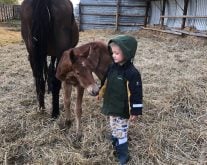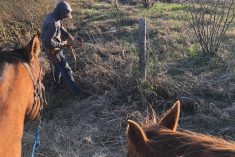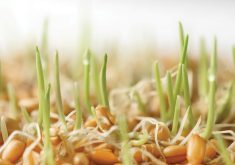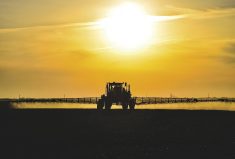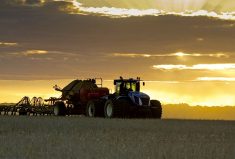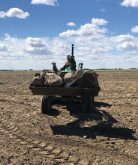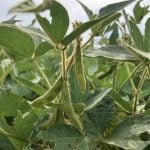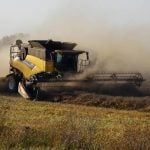It’s as though a switch was flicked. It happens every year. The winter meeting season is busy and consuming. Then it ends, the snow begins to melt and you find yourself looking over your farmyard with a zeal for the upcoming growing season that you may not have had the day before.
I woke up the machine shed, starting each tractor (even the garden tractor), the combine and two grain trucks. It’s all part of a general, optimistic buzz and it marks a shift in thinking.
Read Also

Gentle treatments for pain in the neck
Heading toward year-end, people unknowingly tense up against the cold and busyness, causing neck pain that can often be treated with appropriate support and gentle mobility, athletic therapist Kathlyn Hossack says.
This winter was busy. I spoke at more conferences than I ever have before. The first one was terrifying. I was so nervous. The second was much more tolerable and less shaky. And by the third, I walked on stage with something resembling confidence.
Between those kinds of engagements and industry meetings, the winter is farmers talking to the world. Now, it’s time for us farmers to talk to each other. Neighbours get together. The coffee shops welcome back their usuals.
The weight of the agricultural sector’s hurdles gets shelved in favour of something much more tangible and primary, such as growing crops.
In conversation with a table full of farmers, China and trade came up. We were exploring what it would mean for the industry if the communist country would decide to quite accepting soybeans from Canada’s line companies. Specifically, how that would affect acres.
“The average farmer isn’t too concerned with such things,” said the gentlemen sitting across from me. “They are interested in price and the health of their farms.”
I kind of agree. And on top of that, having been fully engaged in the machinery that is working to reverse crippling policies and restore blighted trade relationships, and having witnessed the competency level of those who will continue to fight on behalf of us farmers, I feel completely at ease about taking time to plant and harvest a crop. And you should, too.
No one person is perfect, but I have tremendous respect for the brains working around the clock in support of agriculture in Canada.
But, even among the most involved producers, there is a shift. The meetings happening in April are already teetering on being too late into spring. Everyone is starting to get antsy. Everyone is champing at the bit to get out there.
Following the adjournment of a recent Manitoba Pulse & Soybean Growers board meeting, the conversation quickly turned to chatter about whether machines were moving around on yards yet.
It’s fun. From November to the end of March, farming and agriculture are discussed as largely theoretical. That changes in April.
I’m sure I write this column every year. But, every year that shift is poignant and stark. In February, I find it hard to think about the fact I actually farm. The last growing season is a distant memory, save for the 2,000 bushels of Nexera canola I have yet to move. And, during this winter especially, it became increasing difficult to imagine fields and a yard that weren’t covered in snow.
There are puddles on the yard now. The fields are nearly bare, and, after a few drainage issues that our local municipality quickly fixed, most of them are completely drained of standing water. (A damaged culvert converted one of our quarter sections into a lake.)
It’s still chilly, but the signs of spring make that easy to tolerate.
Next week, I will further plunge into farmer mode, turning in my dress clothes for coveralls. The tractors need to get serviced and we’ll need to complete the precarious dance that is putting the drill fill on the grain truck.
Once it begins, it goes until the snow falls again. I’m planting wheat and soybeans on my few acres, this year. But, there’s no telling what this year’s growing season will look like or what challenges it will bring, a part from the most immediate one of dealing with our collapsed biotech roof.
It’s only my seventh growing season back on the family farm, and I have no doubt there’s a steep learning curve or two waiting for me.
The switch has happened. My thoughts are bent on the operations of Burr Forest Acres more today than they were yesterday. It’s time. And I’m excited.



